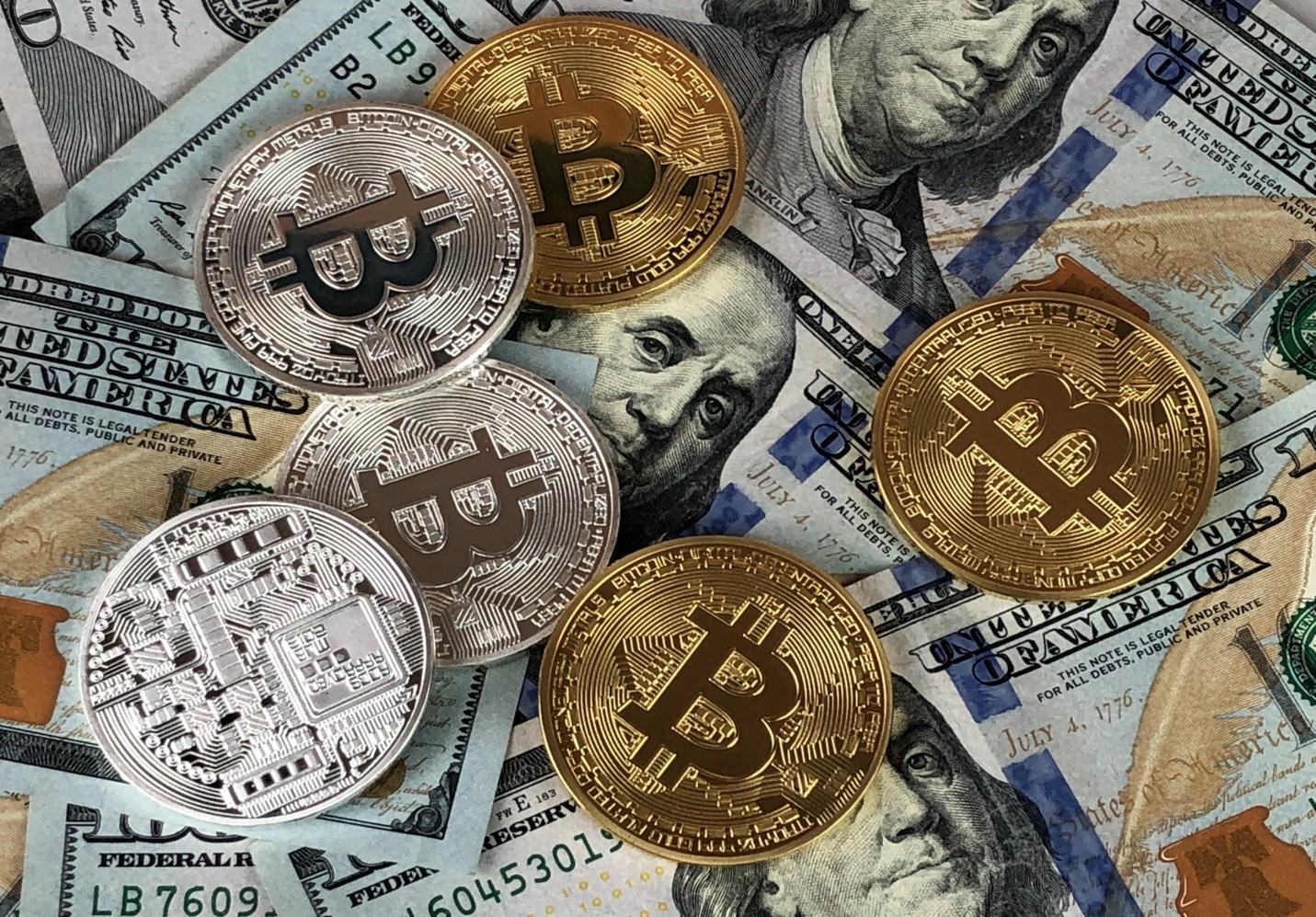The recent “crypto winter” was a source of apprehension for many cryptocurrency enthusiasts. Several high-profile projects such as algorithmic stablecoin TerraUSD and lender Celsius collapsed, and many major cryptocurrencies made precipitous declines.
As the dust settles, however, Chainalysis found that the global adoption of cryptocurrency hasn’t actually slowed as much as it was expected to. In fact, adoption still exceeds pre–bull market 2019 levels — with distributed global adoption found from Southeast Asia to Eastern Europe to Latin America. The U.S. has also moved up from last year.
Does this indicate that we are closer to mass crypto adoption? How does the volatility of the bear market factor into this transition? Keep reading for a closer look.
The growth of cryptocurrency
Cryptocurrency adoption started slowly in the pre-Bitcoin era from 1983 to 2008. As more platforms for digital currency like eCash were launched, the expectation was that the public would become more ready to adopt a decentralized alternative to fiat currencies. This was unexpectedly catalyzed by the economic collapse of 2008.
With Bitcoin’s subsequent emergence, the first crypto exchange, the New Liberty Standard, was established. While the only way to make passive income with cryptocurrency had been through mining, new methods, including staking coins and trading — especially with the launch of Coinbase in 2012 — were soon established.
Examples of crypto adoption
The increased openness of consumers towards cryptocurrency is driven by a broader appetite for safer and more convenient payment methods. This includes considerations of the bear market’s limitations, and increased vulnerability to theft when carrying cash on hand.
The demand has resulted in a variety of changes. For retailers, FIS offers card payment machine options to help with facilitating payments while simultaneously taking steps towards Card-to-Crypto payments. This allows crypto exchanges to accept credit and debit card payments, boosting deposits without jeopardizing security.
The other way around is applicable as well — with Coinbase or Crypto.com, users can now purchase crypto using cards. Credit and debit cards are valid as long as they are connected to Google Pay or Apple Pay. This makes it easier for people to fit cryptocurrency into their lives. Meanwhile, Visa and MasterCard continue to seek the direct integration of cryptocurrency payments into their systems.
A growing number of people thus recognize crypto as a store of value. This enables digital currency to trickle down into various industries, from eSports to banking and even real estate.
More recently, growing crypto adoption in retail despite the bear market has sparked discussion of this massive opportunity. The pandemic helped to accelerate this growth, reaching a compound annual growth rate (CAGR) of 42.8%, which means that the awareness and demand for crypto will continue to reach mainstream markets.
Future developments
The crypto recession of 2022 has established crypto’s volatility, which is influenced by interest rates and inflation, among other macroeconomic factors. This can affect how confident users feel investing their money in these assets.
However, mainstream media continues to favor Bitcoin as opposed to the faltering fiat currencies, and its trading price hovers between the $19,000 and $20,000 level. This shows that despite the volatility of crypto, a steady growth toward mass adoption persists.
Many industry leaders and advocates thus see crypto’s mass adoption as inevitable. In fact, the Internet vs. crypto adoption chart predicts 1 billion users by 2027, and this shows us that while we’re still in the early days of cryptocurrency, we can count on much more room for growth in the coming years.
For the best cryptocurrency investments, check back at Crypto Hub World where we break the latest cryptocurrency news.

